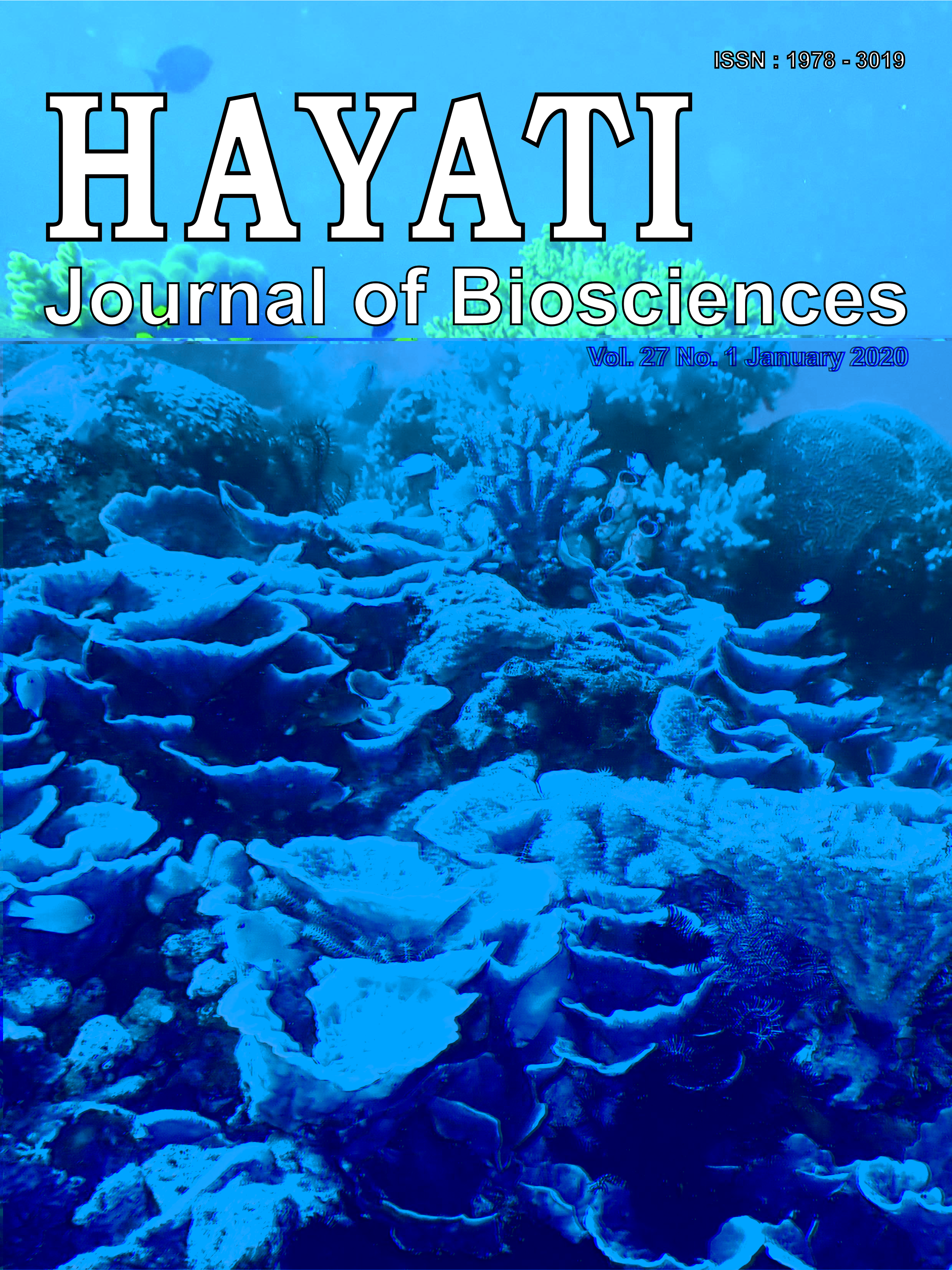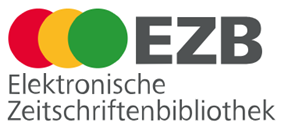Propolis Components and Biological Activities from Stingless Bees Collected on South Sulawesi, Indonesia
Abstract
Three new compounds, namely sulabiroins A (1) and B (2), and 2',3'-dihydro-3'-hydroxypapuanic acid (3), were isolated from the propolis of stingless bees (Tetragonula aff. biroi) collected on South Sulawesi, Indonesia. In addition, ten known compounds, (–)-papuanic acid (4), (–)-isocalolongic acid (5), isopapuanic acid (6), isocalopolyanic acid (7), glyasperin A (8), broussoflavonol F (9), (2S)-5,7-dihydroxy-4'-methoxy-8-prenylflavanone (10), isorhamnetin (11), (1'S)-2-trans,4-trans-abscisic acid (12), and (1'S)-2-cis,4-trans-abscisic acid (13) were identified. The structures of the new and known compounds were determined by spectroscopic analysis. The absolute configurations of sulabiroins A (1) and B (2) were determined by X-ray crystallography analysis and ECD calculation, respectively. The propolis from stingless bee (Tetragonula aff. biroi) collected on South Sulawesi contained compounds not present in propolis from other regions. Sulabiroin A (1) and isorhamnetin (11) were examined for xanthine oxidase (XO) inhibitory activity as one of biological activities; isorhamnetin (11) exhibited potent XO inhibitory activity, with an IC50 value of 3.9 µm.
Downloads
HAYATI J Biosci is an open access journal and the article's license is CC-BY-NC. This license lets others distribute, remix, tweak, and build upon author's work, as long as they credit the original creation. Authors retain copyright and grant the journal/publisher non exclusive publishing rights with the work simultaneously licensed under a https://creativecommons.org/


















.png) IPB University
IPB University Department of Biology
Department of Biology The Indonesian Biological Society
The Indonesian Biological Society 

